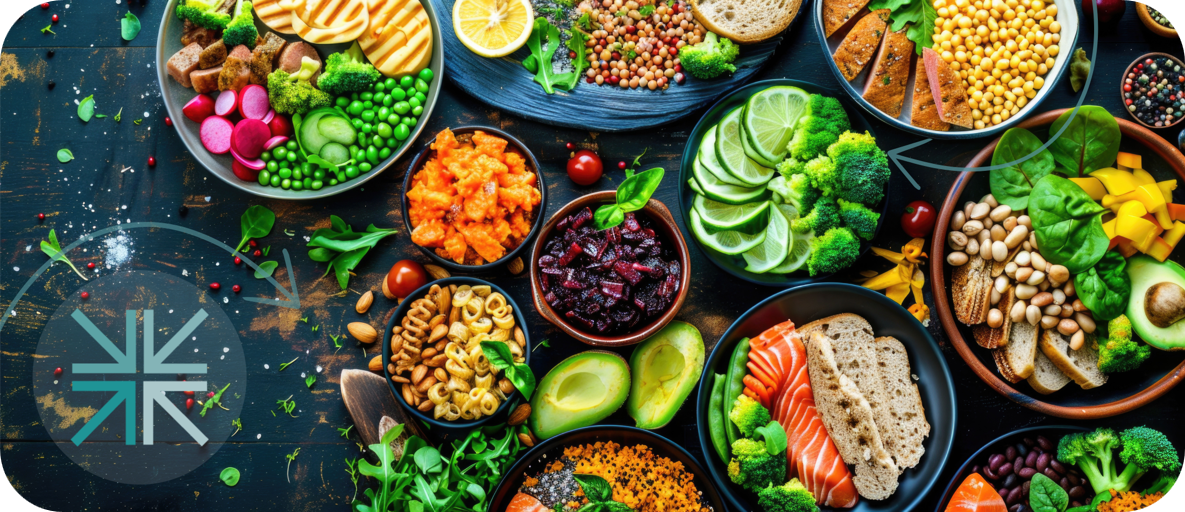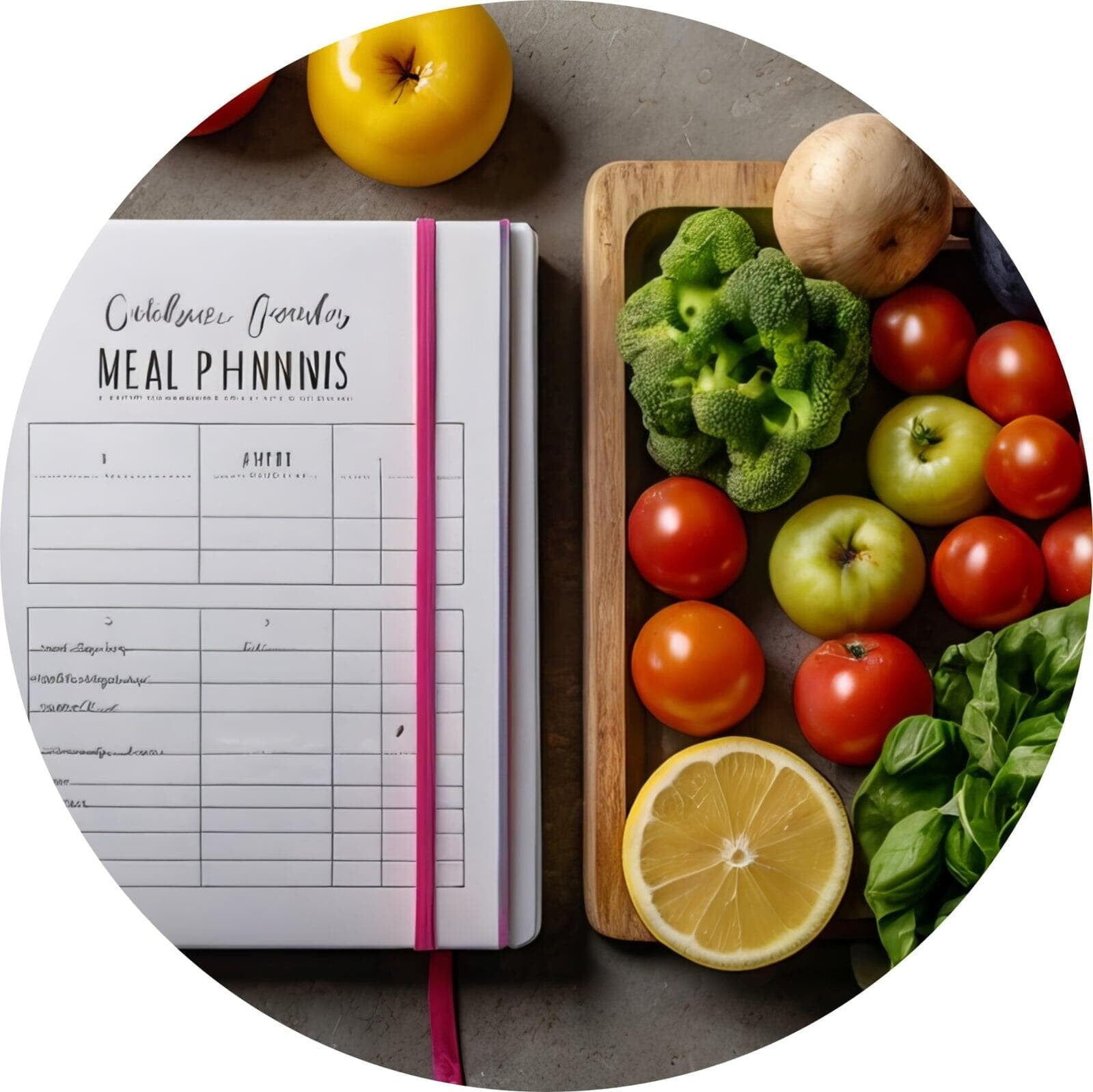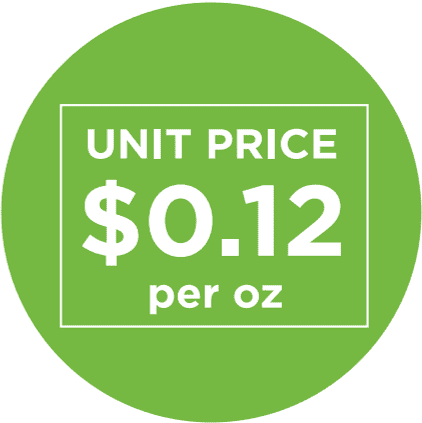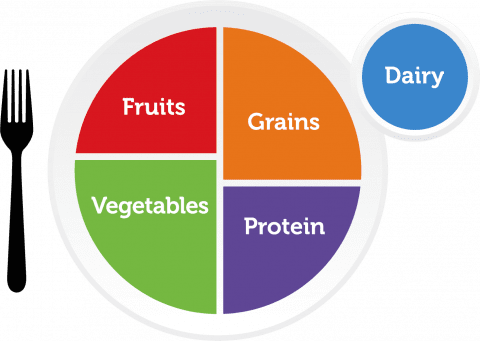
Nutrient-dense foods are those that are rich in essential nutrients like vitamins, minerals, and fiber, relative to their calorie content. Examples include whole grains, fresh or frozen fruits and vegetables, nuts, seeds, lean meats, and seafood. These foods provide the building blocks your body needs for optimal function.
Transitioning to a healthier eating routine can be as simple as prioritizing nutrient-rich foods. These foods, often referred to as nutrient-dense, pack a high nutritional punch without a lot of calories. By choosing nutrient-rich foods, you can optimize your nutrition and reap a host of benefits.
A diet rich in these foods can support weight loss, enhance heart health, improve gut function, and boost your immune system. Perhaps most importantly, it can help reduce inflammation, allowing you to feel your best and lower your risk of developing chronic diseases.
Here is a table comparing some popular foods with more nutrient-dense alternatives:
| Popular Food | Nutrient-Dense Alternative | Benefits of the Alternative |
|---|---|---|
| White Bread | Whole Grain Bread | Higher in fiber, vitamins, and minerals |
| Soda | Sparkling Water with Lemon | No added sugar, hydrating, and refreshing |
| Potato Chips | Air-Popped Popcorn | Lower in calories, higher in fiber, and whole grain |
| Candy | Fresh or Dried Fruit | Rich in vitamins, minerals, and natural sugars |
| White Rice | Quinoa | Higher in protein and fiber, gluten-free |
| Ice Cream | Greek Yogurt with Berries | Higher in protein, probiotics, and antioxidants |
| Creamy Salad Dressing | Olive Oil & Vinegar | Healthy fats, lower in calories |
| Fried Chicken | Grilled or Baked Chicken | Lower in unhealthy fats and calories |
| Sugary Cereal | Oatmeal with Nuts & Fruit | High in fiber, protein, and essential nutrients |
| French Fries | Baked Sweet Potato Fries | Rich in vitamins A & C, lower in fats |
It is best to choose whole foods that are closest to their natural state, however it can be okay to choose more ‘processed’ foods sometimes too. While many highly processed foods such as boxed mac-n-cheese and frozen dinners do not carry a high nutritional value, it’s important to note that there are processed food options that are very nutritious, convenient, and affordable.
Processing simply means that a food has been altered during preparation. You even process food to an extent by cooking it.
A few examples of nutrient-dense, processed foods include chopped bagged lettuce, microwavable brown rice, dried beans, and low-sodium canned vegetables. A few questions you can ask yourself when comparing foods to make the best choice for you include:
- How many ingredients are there? Can I pronounce all the ingredients?
- Is sugar or refined flour listed in the top 3 ingredients?
- How much sodium, saturated fat, and added sugars are there per serving?
If there is a long list of ingredients or high amounts of saturated fat, sodium, or added sugar, odds are that this food product isn’t a very nutritious choice. Of course, it is okay to splurge on your favorite foods and treats occasionally! Balance is the key.
Changing your diet doesn't have to be an overnight transformation.
Start by identifying areas in your current routine where you can make simple, nutrient-rich swaps. Try replacing one soda each day with sparkling water or add crisp veggies to your lunch instead of chips or pretzels. Embrace the opportunity to experiment by trying new foods. Pick up a vegetable you've never tried before and search for recipes online to incorporate it into your meals. Over time, these small changes can significantly improve your nutrition, and you may even notice reduced digestive discomfort and increased energy levels.
Looking to add some value to your plate? Below are some tools and resources to help you get started.




